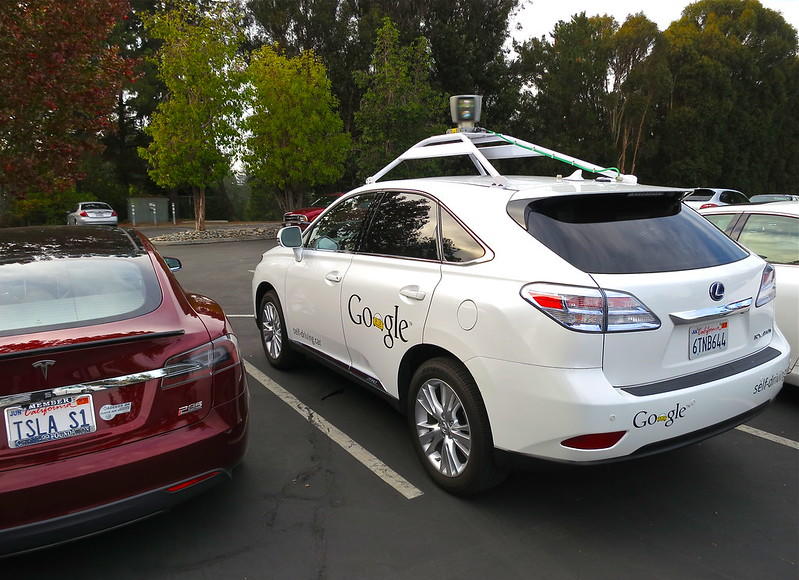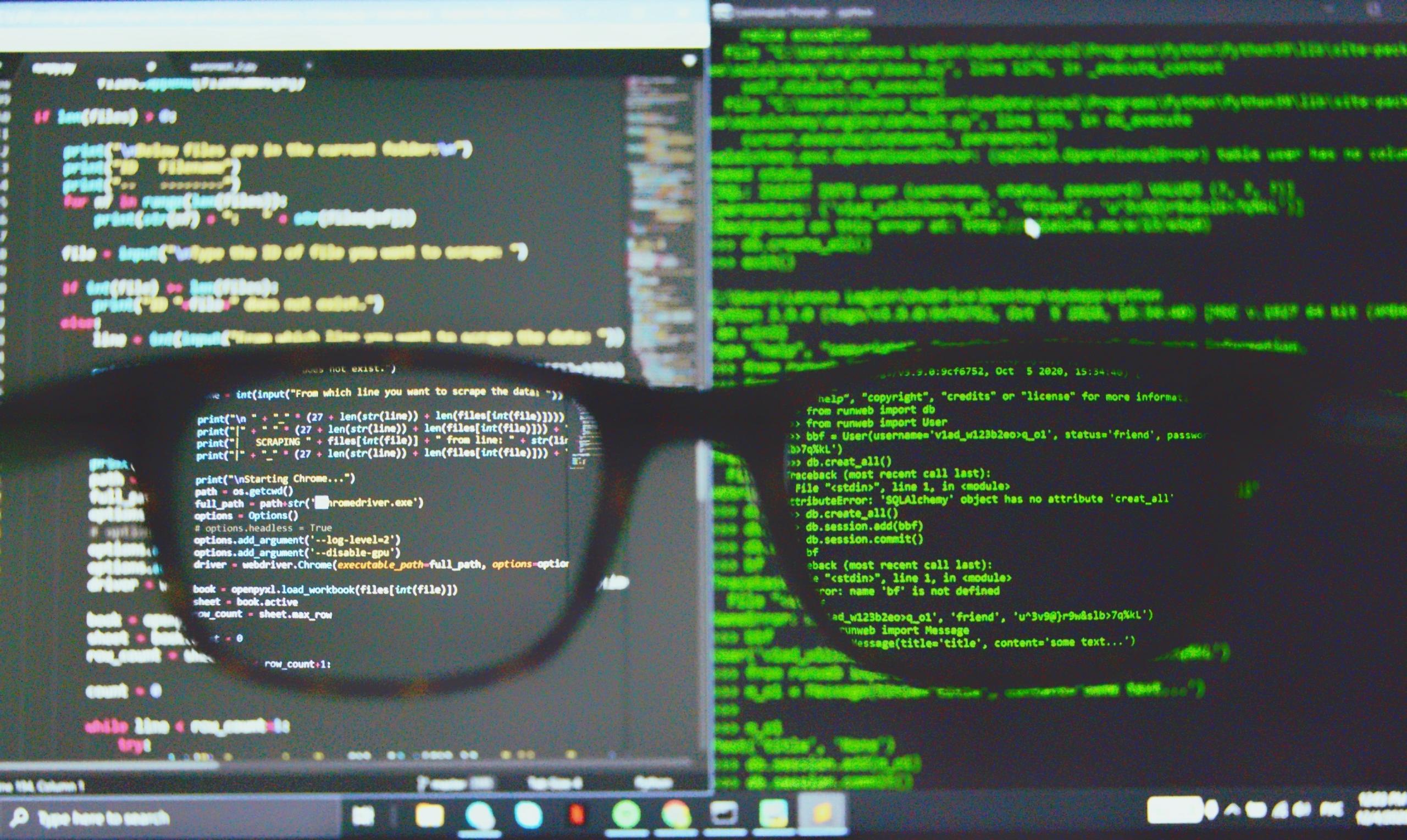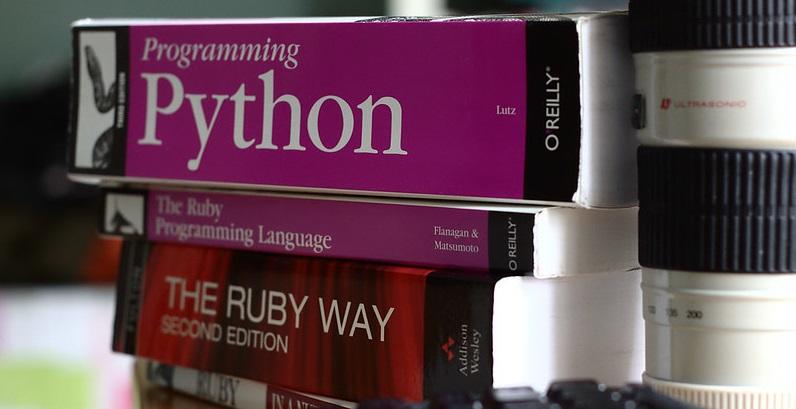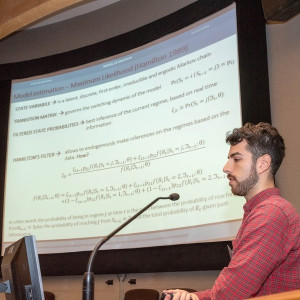My first brush with Python was a couple of years ago, at a coding Meetup. I was just getting my feet wet, learning about HTML and JavaScript, with an eye to the next programming language I would tackle.
Admittedly, my aim was back-end; I was pursuing knowledge for knowledge's sake. I had no active plan of becoming a programmer or any kind of IT person.
So, during that meeting, when one of the group's participants' asked the rest of us for our opinion on Python - because she actually did have a plan to make a career out of programming languages, my curiosity was piqued.
Despite the reviews, good and bad, that group members delivered, I decided to find out for myself what good could come from using Python and how easy it would be for a part-time programming enthusiast like me to learn.
As it turns out, Python is really easy to learn and it is used across many disciplines. Just look at all these things to do with Python:
- business: Python is great for building e-commerce systems
- finance: more and more, Python is used in qualitative and quantitative analysis, among other areas
- education: for its modular structure, well-organised library and plain text format, Python is the language of choice for teaching programming
- science: Python excels at scientific, mathematical and engineering computation
- robotics and AI: Python's ease of use makes it the ideal language for designing user interfaces
- web development: Python's library and Package Index contain many tools and options for web developers
For a language whimsically named after a comedy troupe, Python touches on a lot of different areas, doesn't it? Let's take a closer look at some of them.

Web Development
Web development is more of a concept; it defies actual definition. You can concretely say that it addresses websites - building and maintaining them, but web development also concerns what runs those pages and makes things happen when site visitors click on tabs, buttons and links.
Check out good python online tutorial here on superprof.

You'll note that web development and web design are two different categories of the same basic principle. The website designer configures their clients' site to do what it should do - clickable links and tabs to further information. While the web developer may dabble in web design, their main concern is backend stuff; domain logic and how the site interacts with databases.
How does Python help web developers build and maintain websites?
- Python is easy to work with; vast libraries contain a trove of modules, each meant to address specific actions or functions
- Python is a quick way to prototype, meaning developers can get their sites running faster
- Python is wildly popular; Pythonistas are constantly adding new libraries and features. They also provide lots of support for novice and seasoned developers alike.
One more quality that sets Python apart: it is so easy to learn.
Take Java, one of the most popular programming languages, for instance. To code in Java, you have to know the code inside out and be willing to type... a lot! There are no shortcuts, no convenient modules to plug in, and the syntax is pretty elaborate.
By contrast, Python uses whitespace and common expressions even computer-averse people know. For example, a print command in Python is simply the word print; compare that to all the curly brackets and the three or four lines of code needed to express the same command in Java.
Thus, it's natural that, when it comes down to a question of Python or Java to get the desired results, most coders choose Python, effectively proving that using Python in web development isn't just a passing fad. It's here to stay and will only get better.
How long does it take to learn Python, you ask?
Ideally, you would become a lifelong learner. Python is constantly updating its libraries and creating new modules, and there are already millions of modules to explore and learn how to use. But the reality of how long to learn Python is much shorter. You could get the basics down in as little as two months and, in about six months, you too could come up with programming project ideas.
Data Science
For such a lofty-sounding field, data science is actually yet to be defined. Or, more specifically, there is, as yet, no consensus on what data science actually is. And to make things more confusing, it is essentially an umbrella term that covers data of all types, from marketing and vital statistics data to the kind of data that environmentalists and cosmologists study and draw conclusions from.
Regardless of what the data represents - the movement of stars or popular shopping trends, they all have something in common: they must be collected, analysed, visually rendered and interpreted.
Python help delivers all of that.
ScyPi and NumPy are Python libraries that contain modules specifically meant to make linear algebra and other mathematical applications easier while Matplotlib permits visualization of data in several ways, from scatterplots to 3D graphs.
A fourth library, pandas, is used to build dataframes, prepare data for analysis and import files, in particular comma-separated values files (CSV files) so commonly generated in data tabulation.
Data science is one of today's hottest topics, both on the jobs market and as an internet search. Why not find out for yourself what all the buzz is about?

Machine Learning
How do you teach a dog to sit and stay? Put glue on its favourite chair.
It's thought this joke dates back to the days of slapstick comedy. The Marx Brothers were the kings of that brand, as was the team of Abbott and Costello a couple of decades later. Whoever that (not-quite-funny) joke originated with, it illustrates well the difficulty of trying to teach something to perform tasks outside of its nature.
Find good python tutorials here on Superprof.
Of course, dogs are much more teachable (trainable?) than machines are. You can reward a dog for performing well and scold it when it's done something it wasn't supposed to do, like chew on your game controller or steal food from your plate when you had your back turned. But how do you discipline a machine?
To make matters more difficult, machines have no nature to counter. they're only as capable as their programmer makes them... and therein lies the challenge. The race is on to 'teach' machines how to interpret input from various sources and make decisions to bring about a specified outcome. We're all spectators to those trials.
Do you think self-driving cars, a prime example of machine learning, are an idea whose time has come? Imagine all of the drink-driving fatalities that will be avoided! If only we could program cars to drive themselves, like in the film I, Robot!
We're not just spectators of the machine learning saga, we're also participants. Have you ever travelled by air? What are the chances that the plane flew most of your journey on autopilot?
Planes' autopilot setting is the forerunner of machine learning. Once it's set, the system continuously monitors airspeed, altitude, heading and a variety of other factors the plane's instruments report and adjusts the corresponding systems accordingly.
Indeed, there is a push in the aviation sector to transition wholly to artificial intelligence and newer iterations of machine learning.
As Python is the preferred language of machine learning, you can bet it will feature prominently in any new aviation programming development.

Computer Games
Every computer game is a GUI but not every GUI is a computer game.
Graphical user interfaces, whimsically nicknamed GUIs (pronounced gooeys), allow humans to interact with machines. These interfaces can be simple, as in a series of Yes/No prompts - perhaps on an office printer/copier, or complex, like a computer game.
Python excels when included in the former... and it also works well in the latter, provided it is bound to a more performative programming language like C++.
Indeed, that language is the standard for writing game code. Depending on the operating system and hardware involved, C++ can run up to 100 times faster than Python.
The lack of speed is Python's greatest drawback. The language has an entire library full of graphical user interface modules but they are better suited to things like industrial applications such as touchscreens for machine controllers.
Still, if you're in Sylvia's position, the novice programmer from that Meetup group, you can cut your Python teeth by writing a simple, 2D game. You only need to get familiar with Python's basic code and browse Pygame, a collection of Python modules specifically designed to write video game programs.
Pygame is suitable for all platforms that games are played on, from MacOS to PC, Linux and Android.
Indeed, if you wanted to become a game developer, you should get familiar with Pygame and Python because, even though the bulk of your code will likely be written in C++, you will still need the cross-platform convenience that Python can deliver.
To get started, find the best python tutors here, on Superprof.
Robotics
As seen with all the things to do with Python mentioned in the previous section, this language is the gold standard for graphical user interface and, no matter what kind of robot you're designing, developing or building, you will have to have a way to interact with it.
Robot code, like coding for action games and those with lush graphics, is usually written in C++. Again, the issue here is performance, particularly if you're under contract to build industrial robots. Their performance must be both fast and precise to meet the concern's demands, meaning that the machine will make split-second (or faster) decisions while it's operating.
Python, as fun and easy to use as it is, simply doesn't work that fast.
However, whether you were casting about for cool Python projects or you wanted to build a prototype machine to present to investors while pitching your business plan - or you simply want to build a robot for the fun and experience of it, you can code it entirely in Python. Just don't hold any high-performance expectations for it.
One aspect of robotics where Python does shine is in machine interfaces. If you are programming an industrial robot, you can write a Python binding to run the GUI while C++ runs the robot.
Python has so many uses, not just in robotics but in industry, science and research.
For a computer language that has been around for over 30 years - and for it to just now come into its own is remarkable. No wonder everyone's scrambling to learn all about it.

Conclusion: Why Learn Python?
Long before anyone envisioned the type of computing power that could fit into a trouser pocket, computers were complex machines imbued with an air of enigma and formality, so much so that the steps required for computers to fulfil a function were named protocols.
In that wilderness of bits and bytes - nobody had yet dared to dream about terabytes, one programmer had the idea to demystify and democratise computer coding. In 1991, Guido van Rossum, Python's Benevolent Dictator for Life, launched his simplified coding language with a wink and a nudge.
Calling his language Python (Monty Python) hints at the absurdity of having to use complicated syntax to write computer code when coding could be as simple as writing in easily readable language. Language that you don't need to memorize an entire encyclopaedia for or contrive cheat sheets to use. Language that you use every day.
The concept caught on. Today, Python is considered a gateway language because other programming languages (Go, Cobra, CoffeeScript and others) are written using the same syntax. Another factor that makes Python so great for beginner coders is that it's easy to understand. You can clearly see the steps the code takes to execute its functions, which makes it easier for you to understand general coding principles.
From there, you can easily branch out to learn HTML, CSS and Java - absolute must-knows for web development; the C-series - C, C#, and especially C++ if you want to design computer games or program robots, and Visual Basic, an excellent beginner programming language.
Nothing says you can't pursue beginner Python projects while you're learning more complex languages, though, and you'll have plenty of help and support along the way. The Python community is all about rendering Python help so if you can't quite figure out where your code has gone wrong or you want to know more about pandas or Pygame, you only need to ask.
The jobs market is perhaps the best reason to learn Python.
These days, you can hardly turn on a newscast without hearing about dismal jobs outlooks, high unemployment rates and large swaths of the working population at risk of losing their tenuous hold on their near-obsolete job.
The world is moving on. We're now in our Fourth Industrial Revolution, this one dominated by artificial intelligence, automation and the internet of things. Assuring a future for yourself means adapting to this new reality; the quickest and easiest way to do that is to learn all the cool things you can do in Python on your way to learning the more complex languages.
Did you know? The best way to learn Python in our capital city is to search for Python courses London here on Superprof.


















